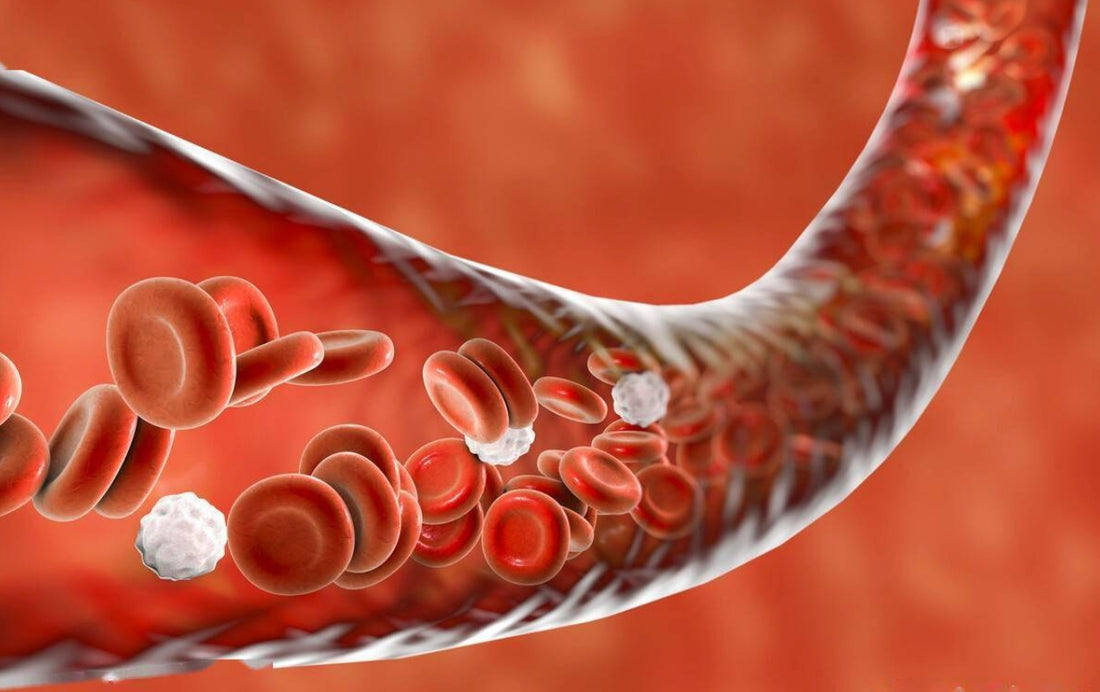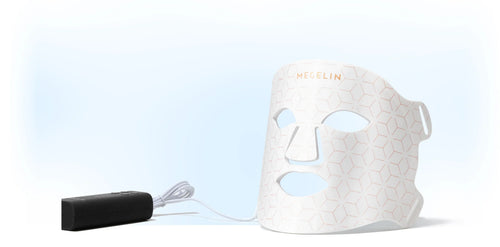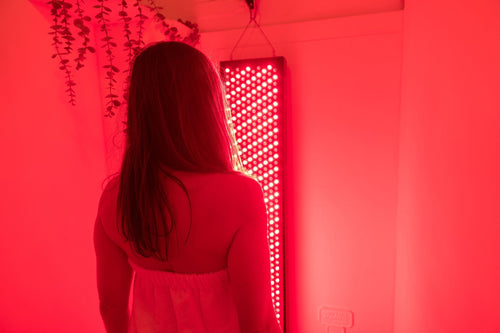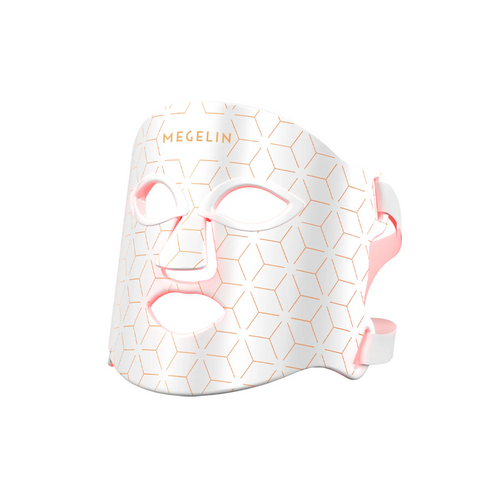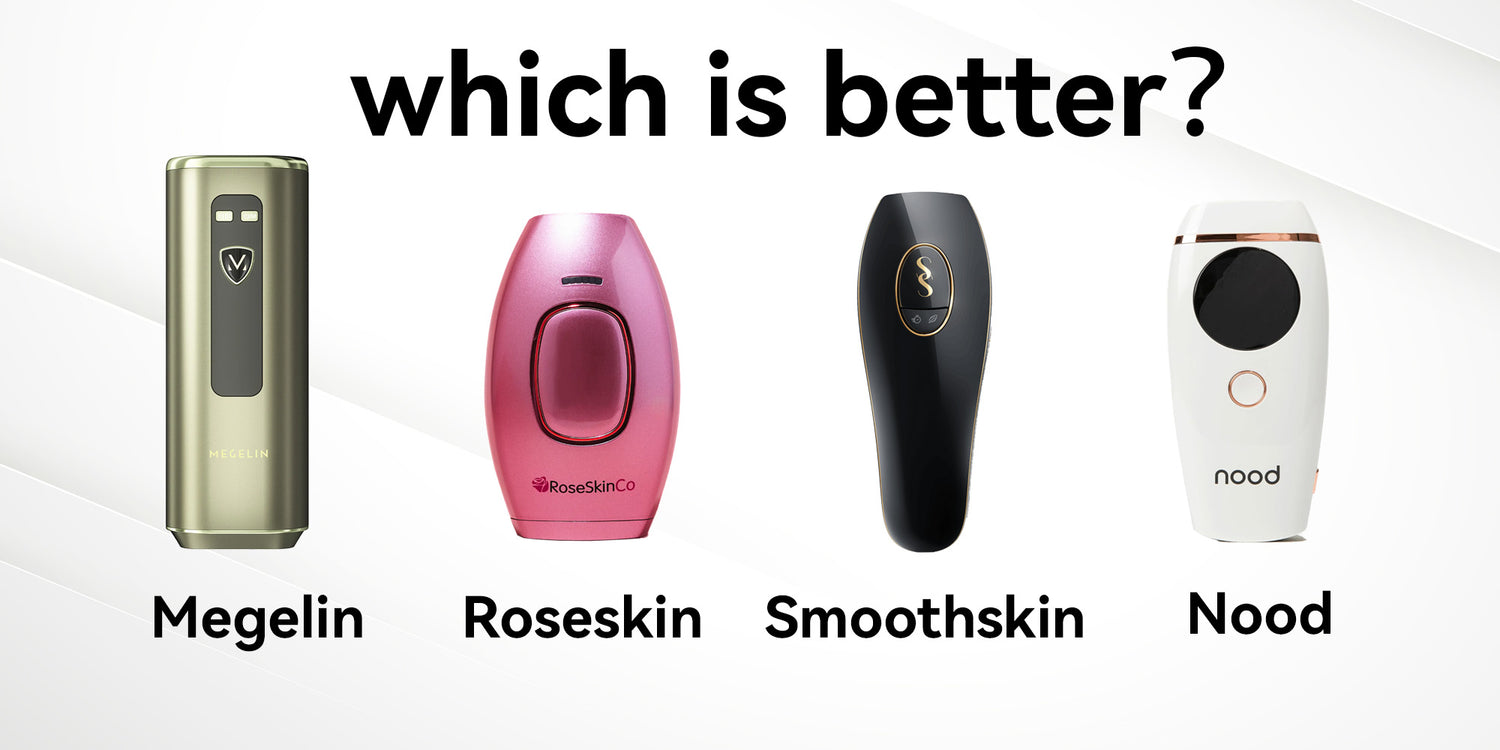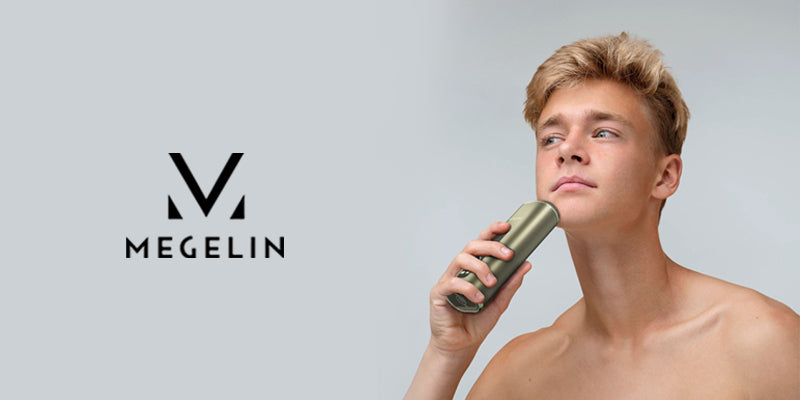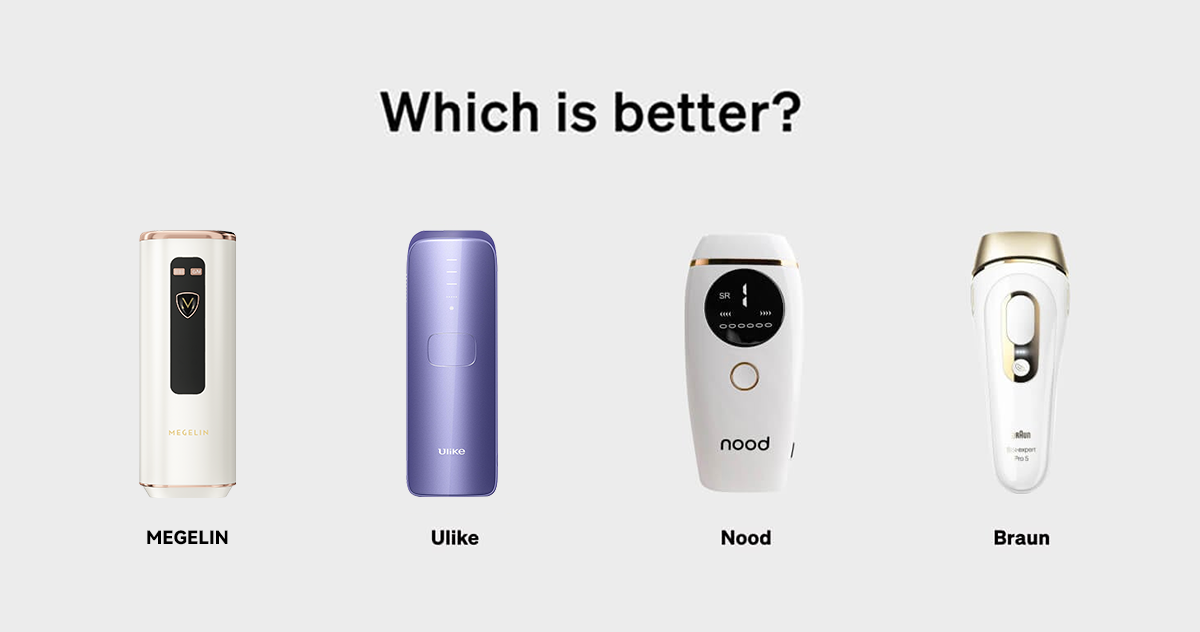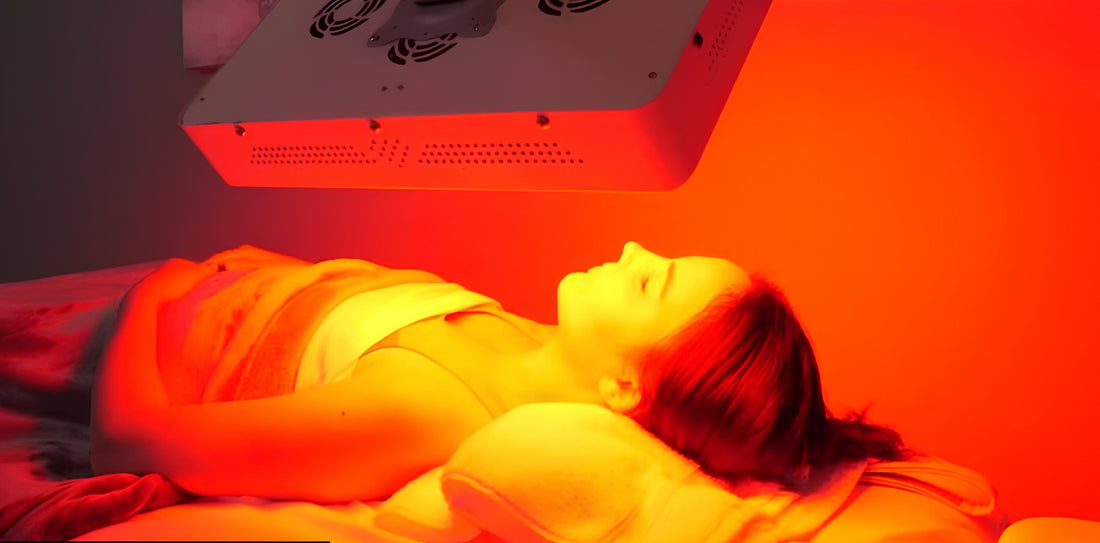
Addressing Concerns About Red Light Therapy and Eye Health
LambertJarvisUnderstanding Red Light Therapy Principles
In the dazzling orchestra of red light therapy, understanding the conductor – wavelength – is crucial. Wavelengths between 620 to 750 nanometers are the VIPs, penetrating skin and tissues to kickstart a cellular revival. Picture it as a gentle wake-up call for your cells, nudging them towards optimal function.
As the red photons penetrate the skin, they dance with the mitochondria, our cellular powerhouses. This interaction sparks a surge in ATP production, the cellular energy currency. Think of it as cells hitting the gym, buffing up for improved performance.
Beyond energy, red light therapy promotes the release of nitric oxide, a vasodilator that enhances blood flow. Increased circulation is like a VIP pass for nutrients, ensuring cells receive their well-deserved nourishment. This symphony of biological events is the heart of red light therapy's rejuvenating prowess.
Eye to Eye with the Truth: The Impact of Red Light Therapy on Vision
Now, let's address the million-dollar question – is red light therapy bad for your eyes? The short answer: no. In fact, it's quite the opposite. Studies suggest that red light therapy can benefit ocular health.
Research indicates that exposure to red light may promote the production of anti-inflammatory cytokines. In simple terms, it's like a soothing balm for your eyes, potentially alleviating inflammation and supporting overall eye comfort. It's a stark departure from the ominous narrative; red light therapy can be a friend, not a foe, to your precious peepers.
However, moderation is key. Staring directly into intense light sources, even red light, may cause discomfort. Protective eyewear, when needed, becomes your trusty sidekick, ensuring your eyes bask in the therapeutic glow without any unwanted side effects.
Best Practices for Using Red Light Therapy
Armed with the knowledge of red light therapy's principles and its eye-friendly nature, let's delve into the art of using it wisely. To maximize benefits and minimize any potential discomfort:
a. Proper Distance and Duration:
Maintain a comfortable distance from the light source. Start with shorter sessions and gradually increase as your body acclimates. Listen to your body; it's the best guide.
b. Consistency is Key:
Like any wellness practice, consistency matters. Incorporate red light therapy into your routine, allowing the cumulative benefits to unfold over time.
c. Mind the Eyes:
When targeting specific areas, be mindful of your eyes. If the therapy involves the face, consider using protective eyewear to shield your eyes from direct exposure.
Conclusion
In the symphony of wellness, red light therapy emerges as a virtuoso, playing a tune of cellular rejuvenation. As we've explored, its impact on eyes is not detrimental but potentially beneficial. Armed with knowledge and a touch of caution, you can now navigate the world of red light therapy with confidence, ensuring that the glow is not just bright but also gentle on your precious eyes.
